Erosion Shields
Erosion Shields are designed to eliminate major maintenance and downtime costs from boiler and condenser tube failure.
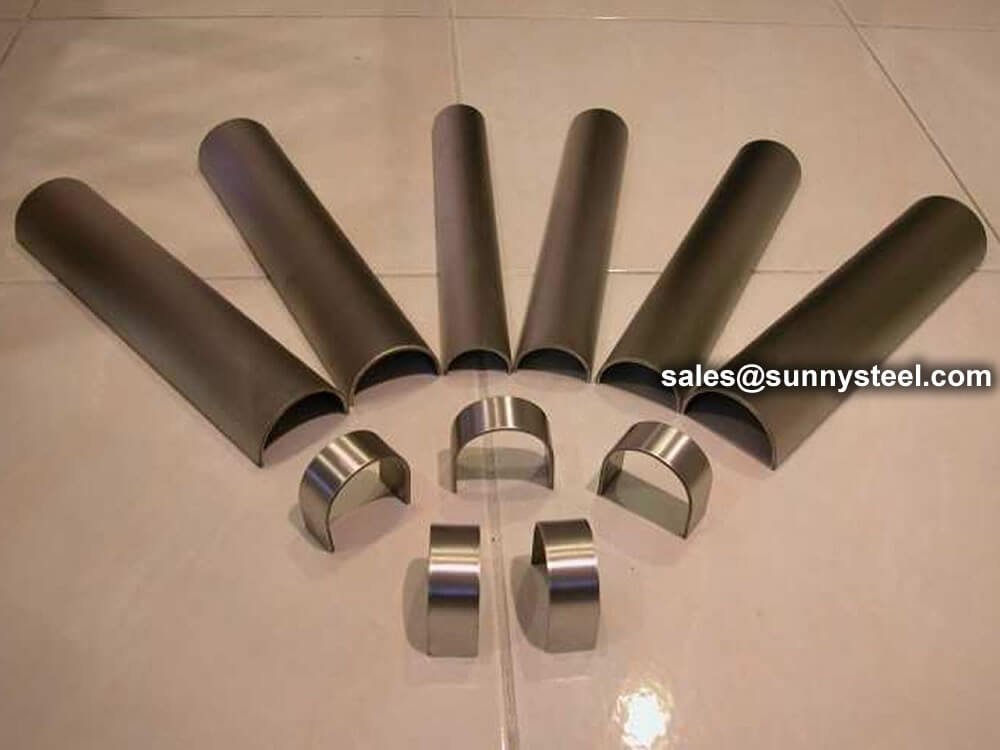
Tube shields are essential for protecting boiler tubes from erosion and corrosion in industrial applications. Learn about their types, materials, and benefits.
Download PDFA tube shield, also known as an Erosion Protection Shield, is a critical component for protecting tubes or pipes from erosion, corrosion, and other forms of damage. These shields are widely utilized in industries such as oil and gas, petrochemical, power generation, and chemical processing.
Factors such as high ash content, elevated furnace temperatures, increased sootblower pressure, and extended cleaning intervals contribute to the risk of erosion in boiler tubes. Tube shields offer a cost-effective alternative to replacing damaged sections, helping to minimize downtime, prevent revenue loss, and maintain operational efficiency.
In addition to straight tube shields for protecting straight sections of boiler tubes, we also manufacture specialized shields, including:Outside of bend shieldsInside of bend shieldsSide of bend shieldsFinned tube shields
The erosion shields can be made out of mild steel, chrome moly steel, stainless steel and exotic alloys such as Inconnel. The most popular materials and sizes are 3mm stainless steel grade 304 and 2mm stainless steel grade UNS S30815 (Sandvik grade 253MA). Uneek Bending uses certified material to A387 P11,P22 chrome moly and Australian Standard A240TP304, 316 and 309 stainless steel. Our shields can also be coated with a hard wearing chromium carbide coating for addtional wear resistance.
Tube shields are available in a variety of materials, including:Mild Steel: Cost-effective and durable for moderate conditions.Chrome Moly Steel: Ideal for high-temperature environments.Stainless Steel: Provides excellent corrosion resistance.Exotic Alloys (e.g., Inconel): Suitable for extreme conditions.
Common sizes include 3mm stainless steel grade 304 and 2mm stainless steel grade UNS S30815 (Sandvik grade 253MA). Additional hard-wearing chromium carbide coatings can be applied for enhanced durability.
Tube shields are tailored to suit any tube size, with popular diameters ranging from 38.1 mm to 63.5 mm. They are essential in:Power generation boilersIndustrial furnacesChemical processing unitsOil and gas installations
We also provide welding clips to secure shields in place, ensuring reliable performance in demanding environments.
The cross-sectional shape of boiler tubes shields is mostly semi-circular (180 degrees), and there are also 120-160 degrees.
It is mainly used on finned tubes (water-cooled walls); boiler tube erosion shields are divided into direct wear-resistant shields, in-curve, anti-wear shields, outer-curve, anti-wear shields, side-curve anti-wear shields, s-curve anti-wear shields, etc.
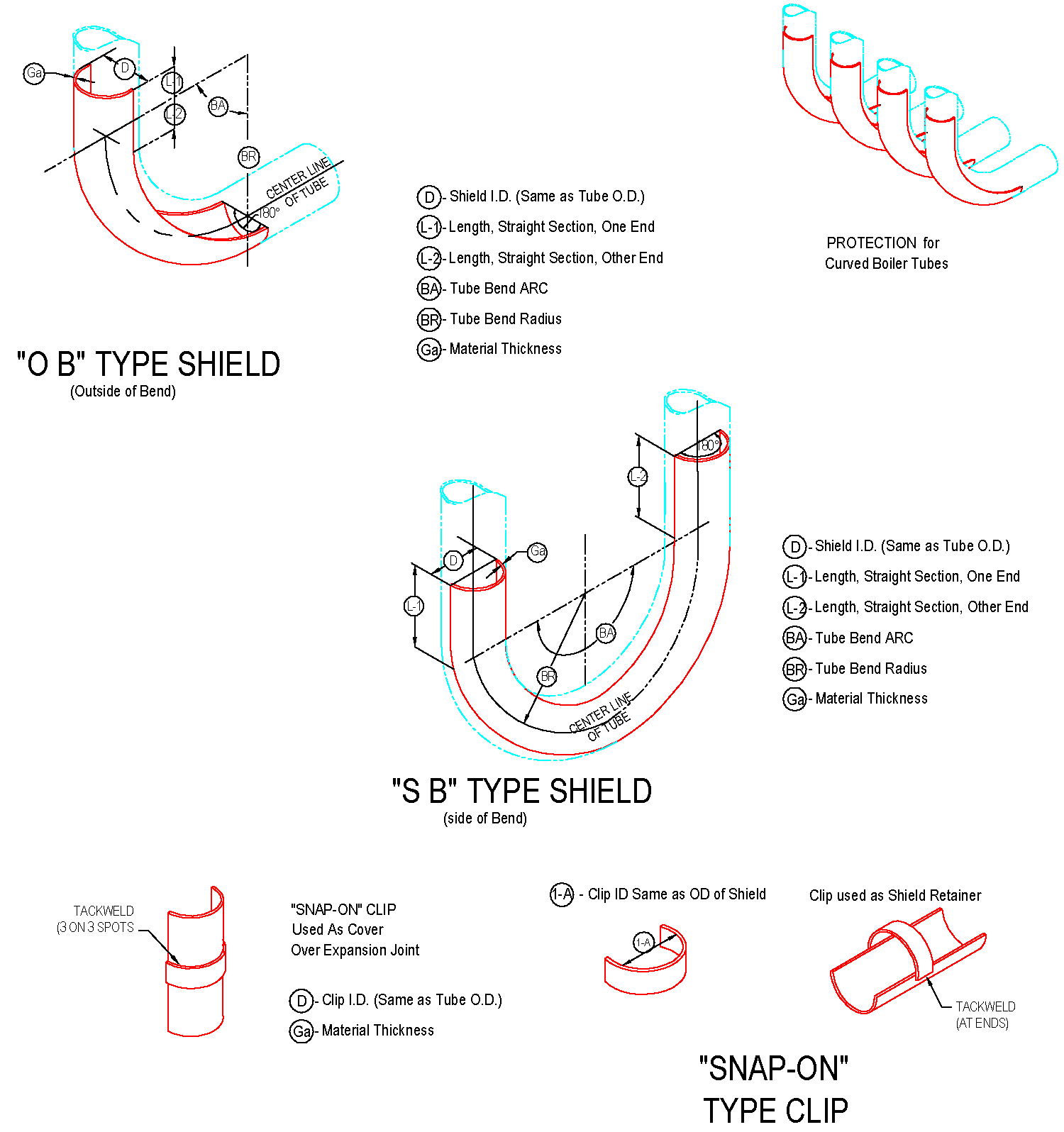
The length of the straight anti-wear shields ranges from 20mm to 3000mm, and the general length of 1000-2000mm is commonly used. The anti-wear shields with bends generally requires a processing drawing and the following parameters should be on the drawing: outer diameter of the pipe used, bending of the pipe Radius R (to the center of the pipe), the degree of bending angle, and the length of the straight sections on both sides of the arc segment of the wear-resistant shields.
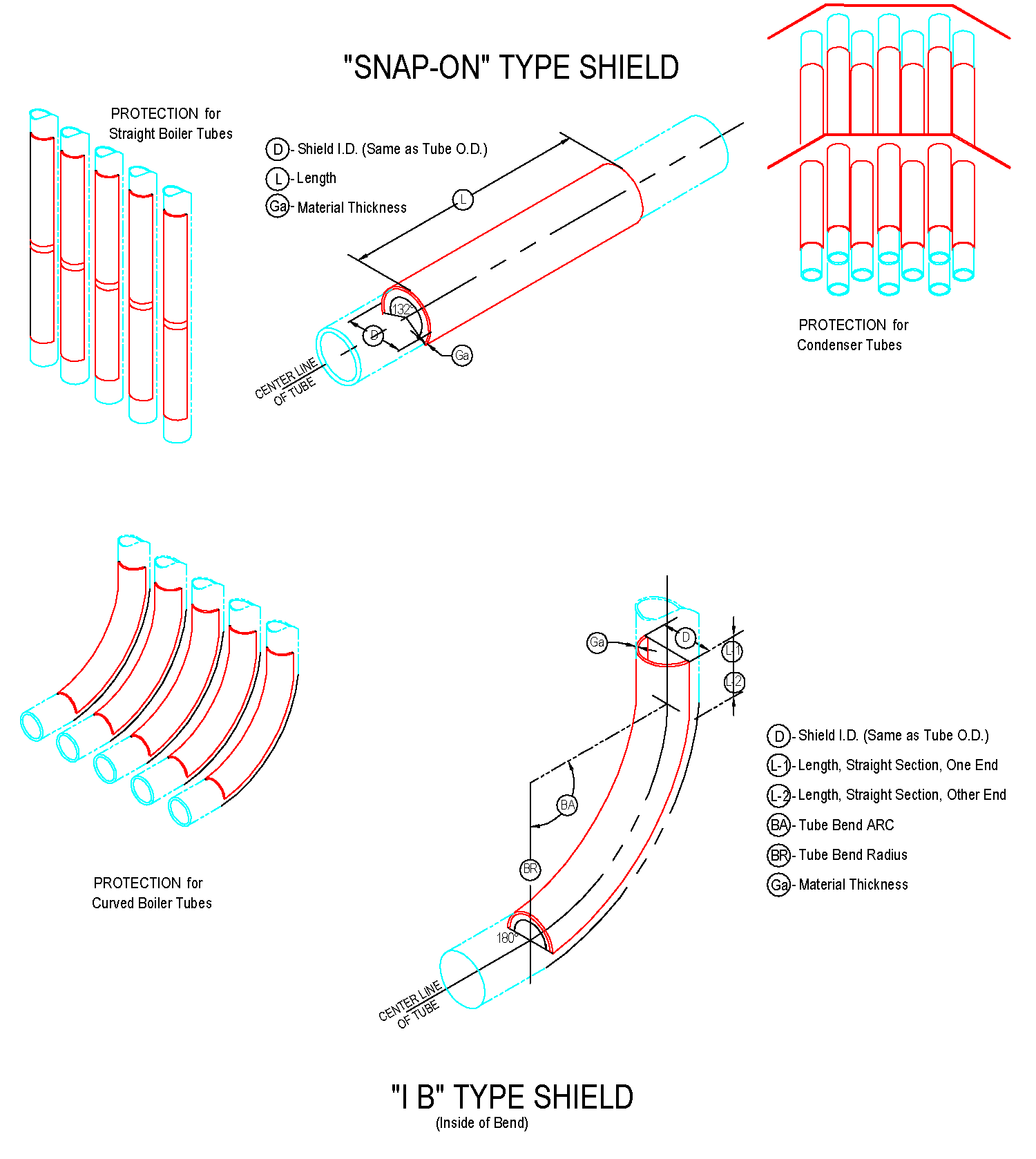
The most basic parameter of boiler tubes shields is the outer diameter of the tube used (that is, the inner diameter of boiler tubes erosion shields). The main specifications of the tube are: 32, 38, 42, 44.5, 48, 51, 57, 60, 63.5 , 76, 89mm, etc . the inner diameter of the boiler tubes erosion shields is usually 1-3mm larger than the outer diameter of the tube used, depending on the actual requirements.
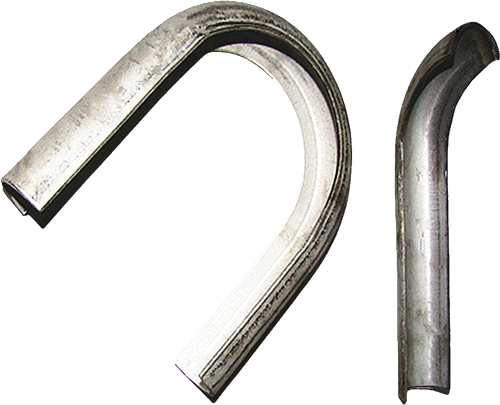
The current production process for tube shields is to use high-pressure presses and professional moulds for pressing.
Tube shields from us are manufactured to exacting standards. Advanced equipment and material handling capabilities permit us to offer the fastest turnaround times anywhere.
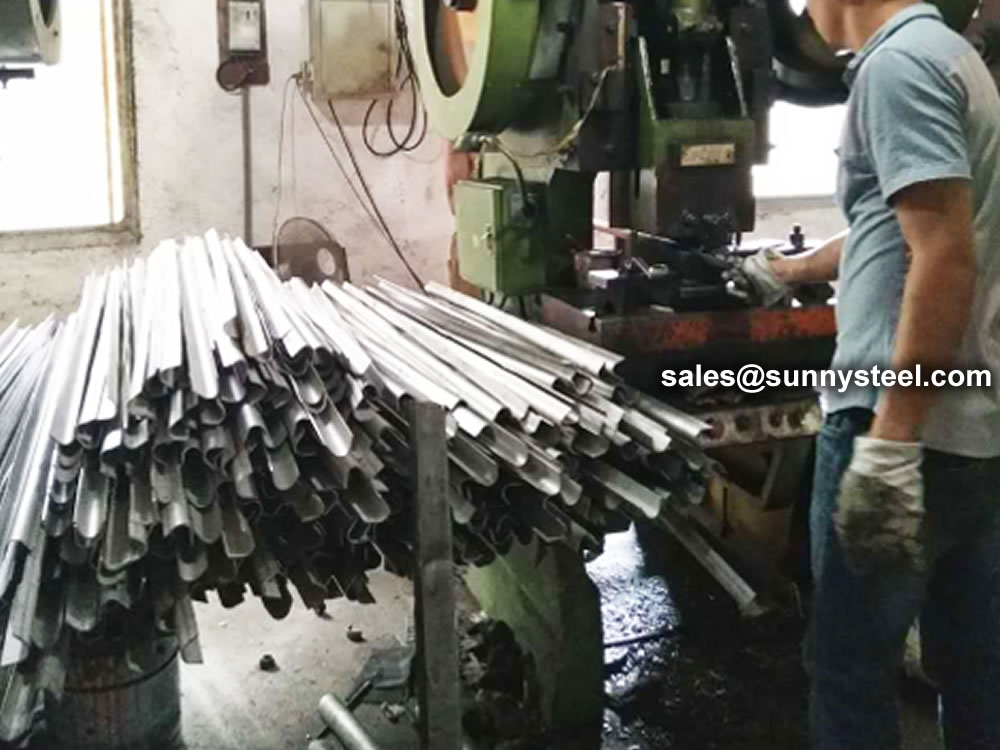
The current production process for tube shields is to use high-pressure presses and professional moulds for pressing.
The production time is short, the welding performance is good, the welding seam does not fall off, the surface is smooth and the appearance is beautiful. The arc-shaped wear-resistant tile is pressed on a press or bent on a pipe bender with a special mould.
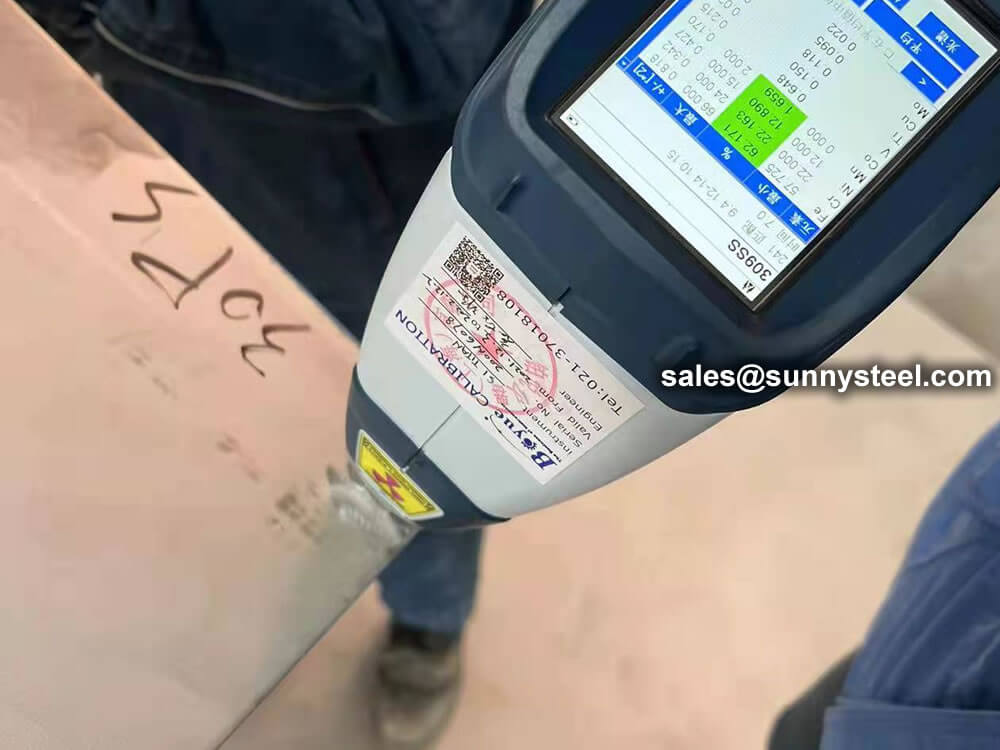
To ensure the accuracy of the material. Positive Material Identification (PMI) of stainless steel sheets for tube shields is critical to verifying the grade and composition of stainless steel before it goes into production.
The raw materials for the production of tube shields are generally purchased directly from standard steel mills, and each batch has an MTC. Due to the sharpe limitations of raw materials, it is inevitable that excess materials will be produced. We can use the excess material to make a smaller size snap ring.

Tube erosion shields are mainly used on the windward side of the heating surface of the boiler, such as superheaters, reheaters, economizers, and water-cooled wall pipes.
Erosion shields are used to protect boiler tubing from the highly erosive effects of high temperatures and pressures thereby greatly extending tube life.
We offer shielding for tubing, covering straight, bent and finned sections, as well as the clips that hold these in place.
In the long term, these shields more than pay for themselves, preventing the costly replacement of tubing and avoiding the downtime that results from tube breakdown and leaks.
In general, most of them are called “wear-resistant tile” and “wear-resistant cover plate”. Erosion Shields are special boiler accessories.
Generally, most of them are used in power station boilers, small boilers are used less, and some coal chemical industries will also use them.
The main role is to protect the heating surface of the boiler pipes, reduce pipeline wear, and increase the heating surface of the pipes.
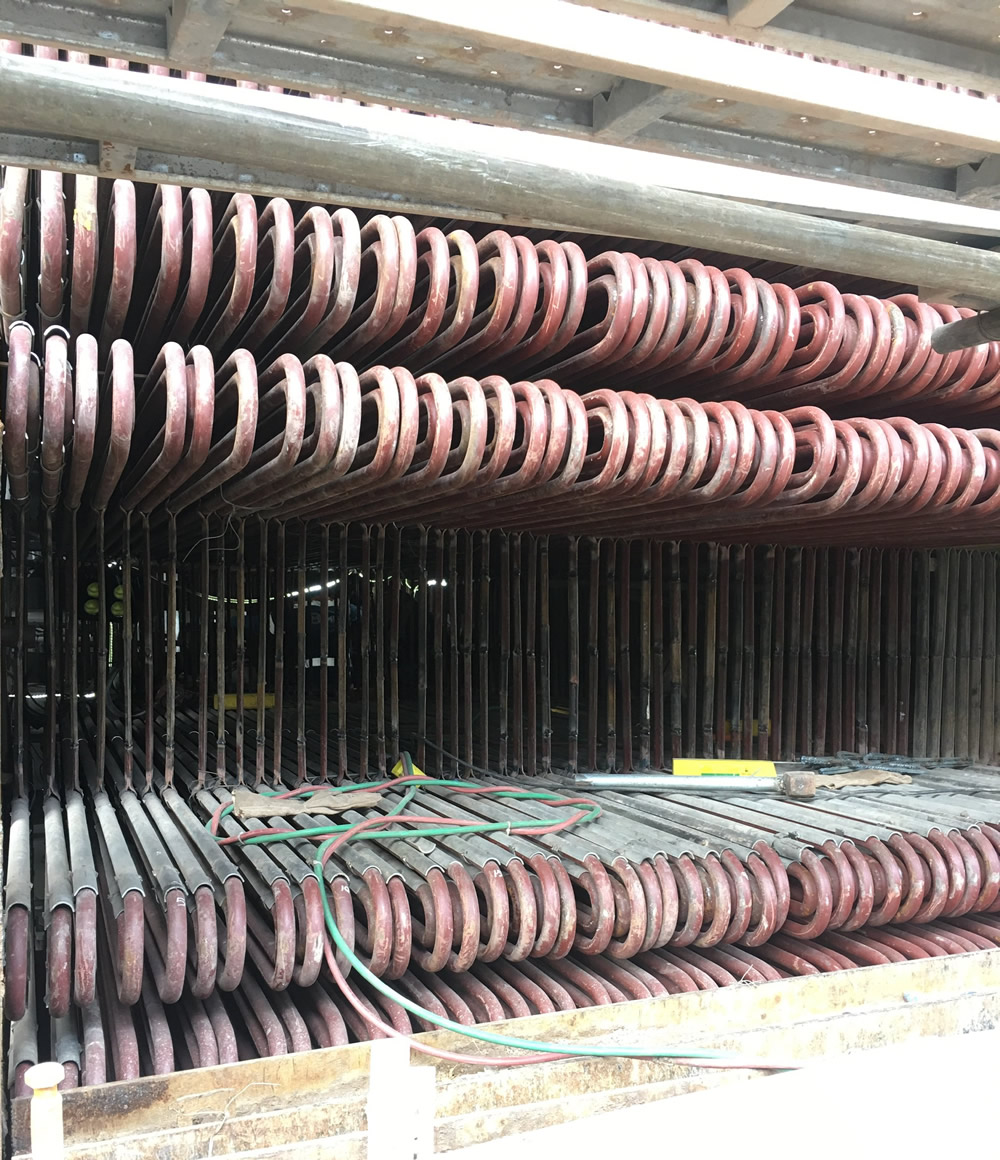
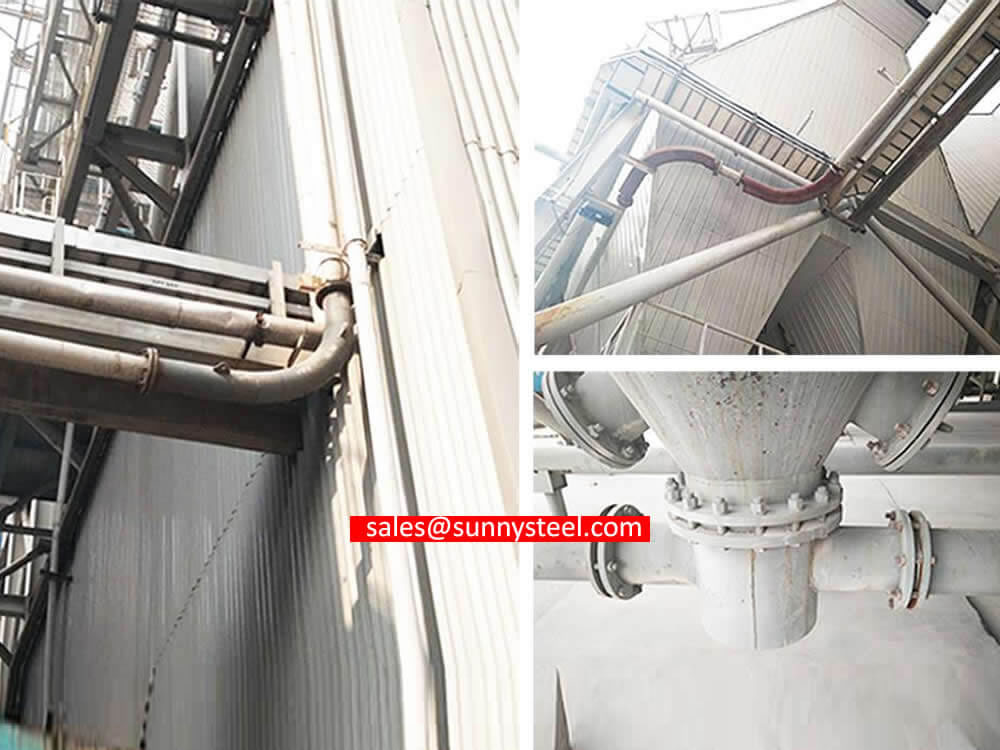
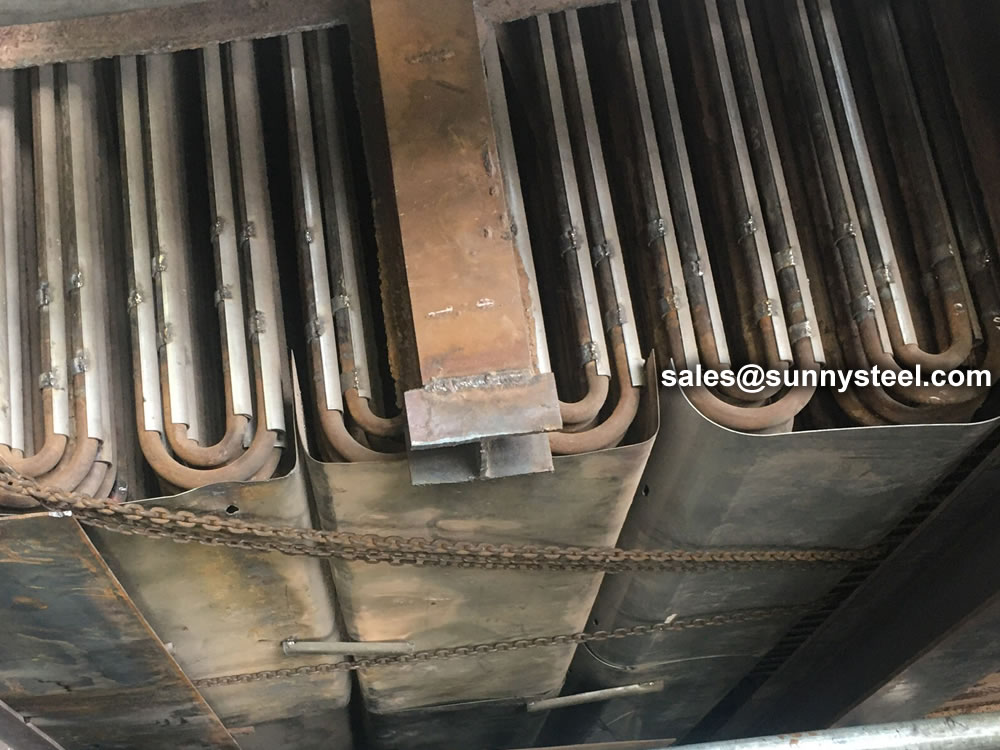
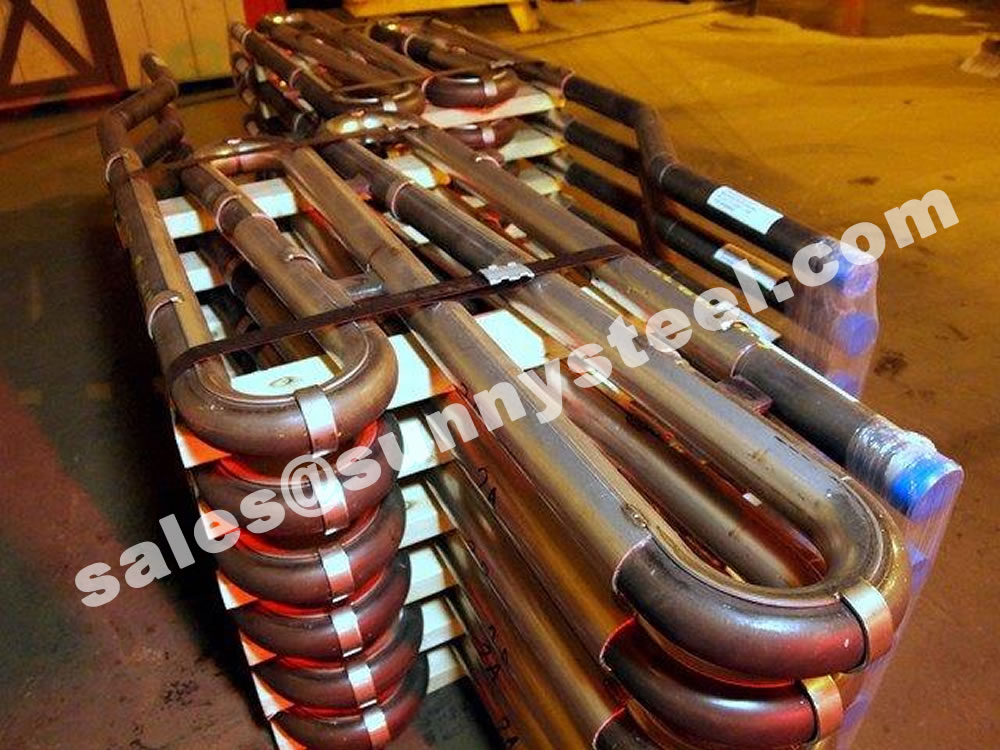
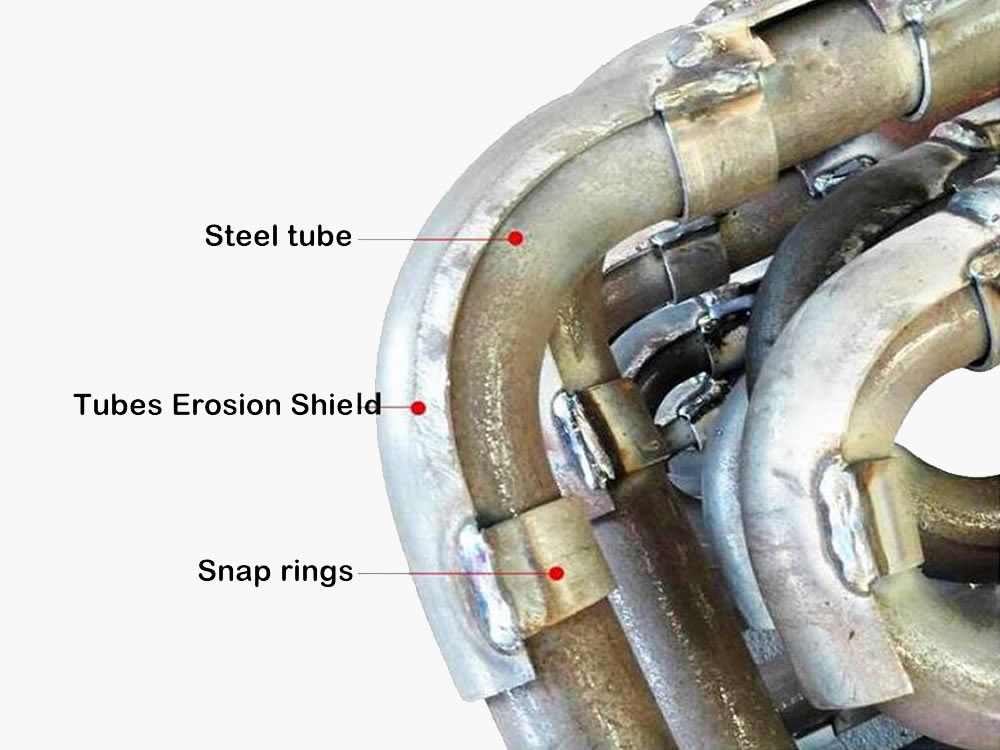
Generally, boiler tubes erosion shields are also installed to prevent further wear of the tubes and cause serious consequences such as boiler explosion.
The main role is to protect the heating surface of the boiler pipes, reduce pipeline wear, and increase the heating surface of the pipes.
The snap ring is a short section that is installed on the pipe in conjunction with the wear-resistant tile. Generally, it is welded to the wear-resistant tile by lap welding, that is, to cover the wear-resistant tile slightly, so it is larger than the wear-resistant tile. The opening arc is around 190-200 degrees, the welding position needs to be set aside to facilitate welding and fixing. The width of the snap ring must not be less than 20mm.
The installation requirements of anti-friction tiles of different shapes are slightly different. Basically, each anti-friction tile is installed with not less than 2-4 snap rings. The snap ring and the anti-friction tile are welded together to prevent expansion due to heat. The tiles fall off, and the joints are required to be fully welded.
Generally, boiler tubes erosion shields are also installed to prevent further wear of the tubes and cause serious consequences such as boiler explosion.
The main role is to protect the heating surface of the boiler pipes, reduce pipeline wear, and increase the heating surface of the pipes.

When you partner with Sunny Steel, you can stop worrying about meeting deadlines thanks to our responsive and timely service. You'll also say goodbye to unnecessary shopping around. Instead, you'll get white glove service from an expert who understands your needs and can get you the materials you need quickly.
